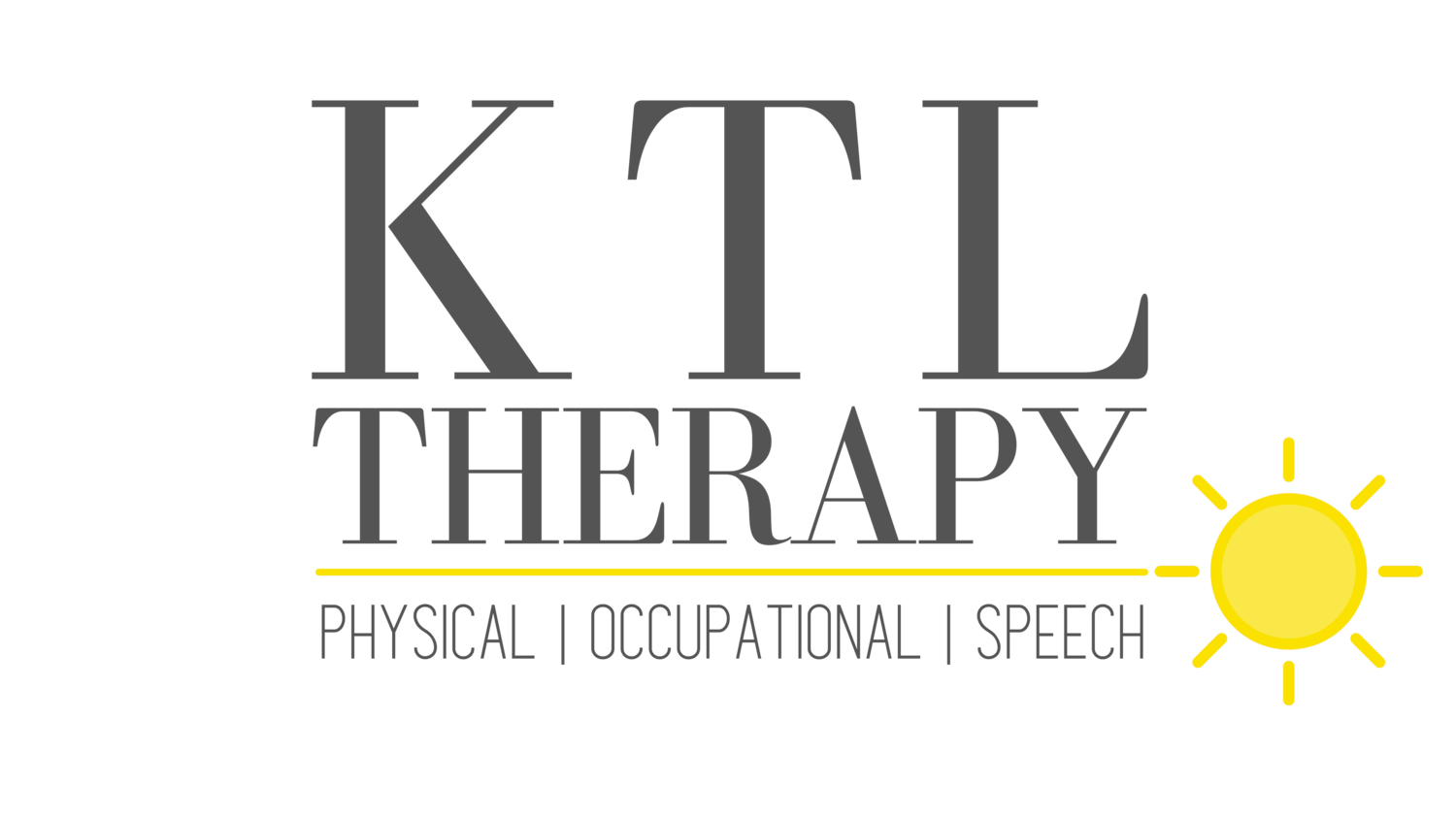Footsteps to Future Success: Vocabulary Development
Building Functional Communication By Teaching Core Vocabulary
WHO should work on these skills?
Research shows that children are typically producing around 200-400 vocabulary words at 2 years old.
A boom in expressive language is seen around age 3-4.
By age 5, children are using over 2,000 words in their everyday vocabulary.
If your child is struggling to express his basic wants and needs to you, try implementing a picture system to teach core vocabulary words. For example, words like “yes/no, stop/go, in/out, on/off, help, please, and wait” are part of our basic core vocabulary system that help children express their thoughts and ideas to communication partners.
WHERE do I start?
Begin by focusing on one core vocabulary word per week. Have the whole family focus on this word during daily activities. Plan to be building upon these words and continuously practice these in functional situations in order to make sure skills generalize.
Activity: If the word of the week is GO, then while driving in the car I would emphasize GO when appropriate. Have siblings model the phrase, “It’s time to GO” when getting in the car to run errands. You could also use toy cars or race each other to implement the phrase, “On your mark, get set, GO”. Have fun with it!
HOW do I teach this?
Repetition and modeling are very important techniques to teaching core vocabulary. Keeping the core vocabulary word you have chosen to target that week pictured in strategic places like the refrigerator or doorways.
Make sure a core communication board is available for easy access for the child to retrieve.
You can create a picture book with the cards for everyday use as well. It is okay to start small! Focus on the basics that will be most helpful for you and your child to communicate with each other.
WHAT else can I do?
Other ways to encourage vocabulary development include talking during your daily routine while modeling what you are doing. This is a great way to embed functional language into your daily routines. For example, try to focus on the sequence of events when you are brushing your teeth by explaining to your child, “First, we need our toothbrush and toothpaste. Then, we turn on the water...” Other activities like cooking dinner or making the bed are good ways to target sequencing skills. Again, have fun and involve the whole family!





